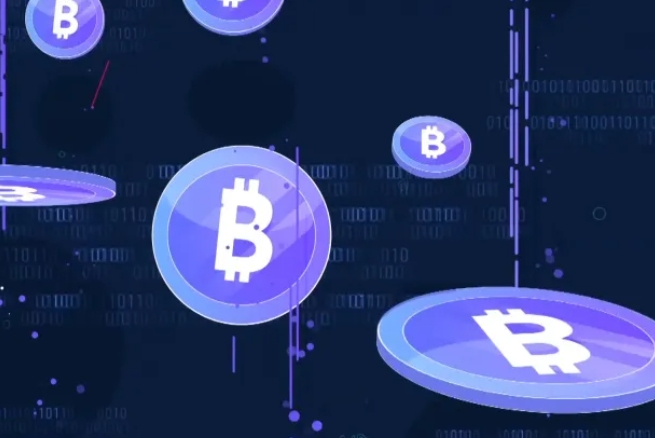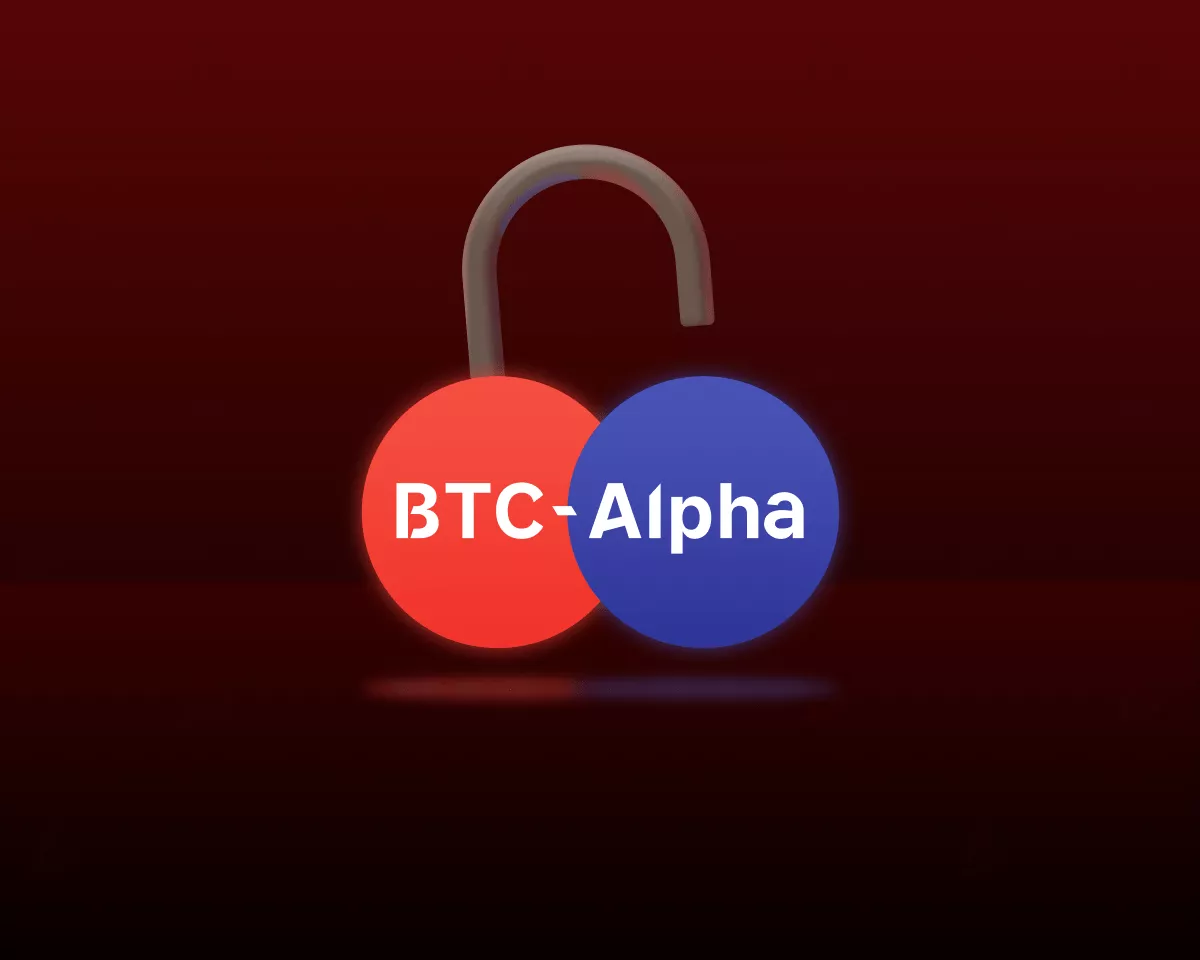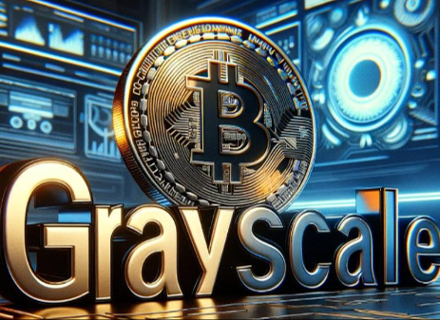Please note that VanEck may have a position(s) in the digital asset(s) described below.
The next Bitcoin halving is set for ~April 19, 2024, bringing opportunities and uncertainties for the Bitcoin community. This event, built into Bitcoin's foundational code, changes the rewards for miners and could significantly influence Bitcoin's value and role within the broader ecosystem.
- The Bitcoin Halving Cycle Explained
- A History of Bitcoin Halvings
- The 2024 Bitcoin Halving: What to Expect
- Bitcoin Halving Impact on Miners & Market
- The Future of Bitcoin Post-Halving
The Bitcoin Halving Cycle Explained
Bitcoin halving is a critical event in the world of Bitcoin that impacts investors and others involved with it. About every four years, the reward for mining new Bitcoin blocks is cut in half. This is done to control the supply of Bitcoin and make it more like scarce resources such as gold. The halving helps keep Bitcoin's value stable over time by reducing the rate at which new Bitcoins are created.
Bitcoin halving was introduced by its creator, Satoshi Nakamoto, to control inflation and ensure the digital currency remains a deflationary asset. Initially, miners received 50 bitcoins as a reward for processing transactions and supporting the blockchain network. After the first halving in 2012, this reward was cut to 25 bitcoins, and it has halved subsequently at regular intervals, with the reward decreasing further each time.
A History of Bitcoin Halvings
Bitcoin's halving history is interesting, showing its growth from its beginnings in 2009. Since then, Bitcoin has experienced several halving events, each one playing a big part in its development.
- The first halving (November 2012): The inaugural Bitcoin halving occurred when the network reached 210,000 blocks. The mining reward was reduced from 50 to 25 bitcoins per block. This event marked the first test of Satoshi’s theory of controlled money supply and deflationary economics. Despite initial uncertainties, the Bitcoin network remained stable, and the aftermath saw the price of Bitcoin catapult from $10.59 to $126.24 within 180 days, reinforcing the viability of its underlying economic principles.
- The second halving (July 2016): With bitcoin firmly established in the public consciousness, the second halving reduced the block reward to 12.5 bitcoins. This period saw the rise of cryptocurrency as a legitimate investment class, with increasing participation from both retail and institutional investors. Following this halving, bitcoin experienced a significant rise, peaking at over $1002.92 and laying the groundwork for the bull run of 2017.
- The third halving (May 2020): The last halving reduced the reward to 6.25 bitcoins per block. Occurring amid global economic uncertainties due to the COVID-19 pandemic, this halving was watched closely by investors worldwide. It played a crucial role in bitcoin’s remarkable performance through 2020 and into 2021, with the cryptocurrency reaching new all-time highs of $14,849.09 within 180 days and becoming a focal point of discussions around digital currencies’ role in the future of finance.
2012 | 30 days before | Day after | 30 days after | 180 days after |
Bitcoin Price | $10.59 | $12.45 | $13.42 | $126.25 |
Hash Rate (Terahash) | 22.532T | 27.053T | 24.271T | 106.334T |
30 Day Volatility | 56.80 | 34.85 | 27.18 | 132.9 |
Miner outflows to Exchanges (seven day moving average) (BTC) | 63.39 | 17.70 | 5.40 | 40.76 |
2016 | 30 days before | Day after | 30 days after | 180 days after |
Bitcoin Price | $577.07 | $651.30 | $591.59 | $1002.9 |
Hash Rate (Exahash) | 1.560E | 1.658E | 1.478E | 2.199E |
30 Day Volatility | 40.08 | 97.29 | 48.23 | 54.73 |
Miner outflows to Exchanges (seven day moving average) (BTC) | 713.83 | 227.02 | 145.96 | 240.78 |
2020 | 30 days before | Day after | 30 days after | 180 days after |
Bitcoin Price | $6852.50 | $8800.73 | $9870.79 | $14849 |
Hash Rate (Exahash) | 116.498E | 116.840E | 111.554E | 122.967E |
30 Day Volatility | 157.59 | 75.26 | 48.77 | 45.74 |
Miner outflows to Exchanges (seven day moving average) (BTC) | 293.67 | 484.54 | 167.71 | 219.84 |
2024 | 30 days before | Day after | 30 days after | 180 days after |
Bitcoin Price | $67880.97 | - | - | - |
Hash Rate (Exahash) | 617.620E | - | - | - |
30 Day Volatility | 66.09 | - | - | - |
Miner outflows to Exchanges (seven day moving average) (BTC) | 86.26 | - | - | - |
Source: Glassnode as of 4/10/2024. Past performance is not a guarantee of future results. Not intended as a recommendation to buy or to sell any of the securities mentioned herein. A Terahash represents 1 trillion hashes per second. A Exahash represents 1 quintillion hashes per second. Past performance is not a guarantee of future results.
Bitcoin’s most explosive gains are typically post-halving
Source: Glassnode as of 4/10/2024. Past performance is not a guarantee of future results. Not intended as a recommendation to buy or to sell any of the securities mentioned herein. A Terahash represents 1 trillion hashes per second. A Exahash represents 1 quintillion hashes per second. Past performance is not a guarantee of future results.
The 2024 Bitcoin Halving: What to Expect
The forthcoming halving promises to be a watershed event, with the reward diminishing to 3.125 bitcoins per block. This moment is expected to profoundly impact the mining landscape, potentially reshaping profitability metrics and accelerating technological advancements in mining efficiency. Historical precedents suggest a period of adjustment as miners navigate the reduced incentives, with potential implications for the network’s hash rate and overall security.
Historically, the hash rate (the total computational power dedicated to mining and processing transactions) dips after a halving as unprofitable miners disconnect, but it tends to recover within weeks. This is because the halving reinforces Bitcoin's scarcity, potentially driving up the price and increasing profits for those able to keep mining. If the price increase outpaces the reward reduction, as has been the case in the year after each prior halving, mining can remain profitable, even with fewer coins per block. This is because the survivors pick up the network's market share as others exit. Additionally, the halving incentivizes miners to invest in more efficient equipment to stay competitive. So, the hash rate tends to experience a temporary dip, followed by a rise in efficiency and overall hash rate in the long run.
That is why we suggested in our 2024 predictions piece that investors underweight bitcoin miners in the six months prior to halving, as the market generally discounts the first-order effect of higher costs. Miners often issue lots of capital during this tricky period. Post-halving, some miners may be forced to shut down, leading to a potential short-term decrease in the network's hash rate – the combined computational power dedicated to mining.
Bitcoin Halving Impact on the Miners and the Market
That said, the impact on bitcoin miners will vary. Power costs associated with running energy-intensive mining equipment make up the largest expense for miners, typically accounting for 75-85% of a miner’s total cash operating expenses. Current power costs for the listed universe average around $0.04/kWh. At this cost, we estimate the all-in cash costs of the top 10 listed miners will be about $45k/bitcoin post-halving. Larger miners with lower per-coin costs will see their margins shrink but likely remain profitable, especially if the price of bitcoin appreciates. We believe the halving will likely lead to consolidation within the mining industry, with smaller miners being squeezed out and larger players expanding their market share. However, this trend is already in place, as publicly traded miners now control a record % of the hash rate. Historically, bitcoin mining equities have recovered strongly post-halving and outperformed the spot price in halving years.
The Future of Bitcoin Post-Halving
As mining rewards decrease, transaction fees may become more important for miner profitability. The halving emphasizes Bitcoin's scarcity, attracting investment and speculation. It reaffirms Bitcoin's principles as a decentralized, limited, and secure asset, shaping its role in the evolving financial landscape.
Links to third party websites are provided as a convenience and the inclusion of such links does not imply any endorsement, approval, investigation, verification or monitoring by us of any content or information contained within or accessible from the linked sites. By clicking on the link to a non-VanEck webpage, you acknowledge that you are entering a third-party website subject to its own terms and conditions. VanEck disclaims responsibility for content, legality of access or suitability of the third-party websites.

















